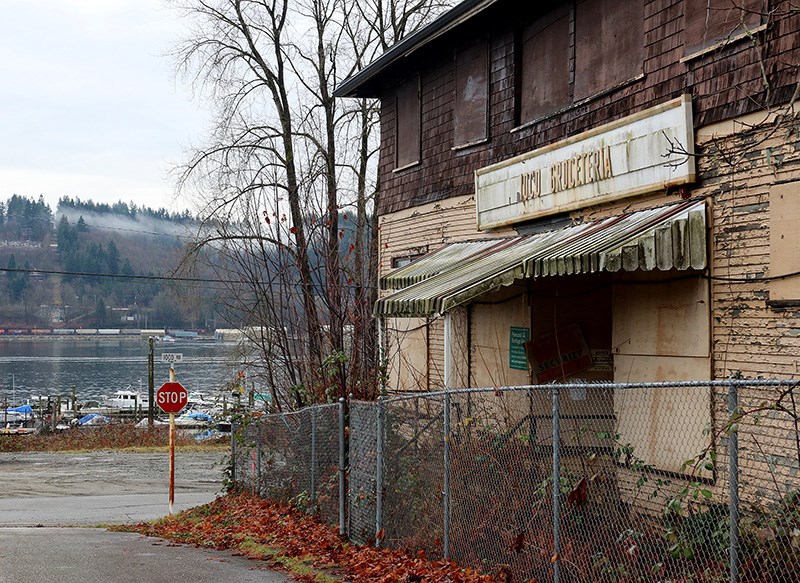A Port Moody heritage advocate fears time is running out to save the Ioco townsite.
Robert Simons says many of the structures left in the old company town that is celebrating its 100th anniversary next year may not survive for the celebration unless the city, current property owner and School District 43 begin working together on a comprehensive plan to restore and revitalize them.
At its meeting Sept. 8, Port Moody council deferred a request to Gilic Developments that owns the 232-acre Ioco lands where much of the old 23-acre townsite is located for greater access to the buildings so a heritage consultant can complete a thorough assessment of their exterior and interior conditions as well as cover all costs.
Instead, they will discuss further steps behind closed doors after a consultant was only able to complete a ground-level visual review last spring.
Simons, a past president of the Port Moody Heritage Society that has been fighting to save the townsite for about 20 years, said visits and reports by consultants aren’t enough.
“There is currently no plan for restoration and revitalization of the townsite and surviving artifacts,” he said. “Ensuring artifact preservation is only one step in actions that council needs to take.”
Several councillors were inclined to agree.
Coun. Diana Dilworth said the property owner needs to be given a firm timeline to take action that will better preserve the buildings.
“With historical structures, there’s always a sense of urgency,” she said of the site that’s been protected by a special heritage conservation area bylaw since 2002.
Mayor Rob Vagramov agreed.
“This is major corporate landowners that seem to get away with this,” he said, adding the city needs to get tougher on enforcing work orders on the buildings.
But Coun. Zoe Royer said heritage preservation is expensive and the city has to tread carefully as Gilic has been putting money into the townsite with no guarantee of a return on its investment as its various development plans for the surrounding property so far have been rebuffed or put on hold.
“This is such an important place for our community, our history and memories for our residents,” she said, adding the extension of an olive branch to the owners might be the best way to achieve results.
Simons said a light touch hasn’t provided substantive results in the five years since a previous review of the buildings’ condition recommended roofs be better protected and the buildings heated and ventilated to help their interiors stay dry.
He said measures like tarping roofs and the installation of heat and ventilation only “mothballed” the structures, prolonging the preservation cycle.
“The fact that no restorative work is planned or undertaken puts all the structures at risk of total loss.”
Indeed, the latest assessment by Donald Luxton & Associates that was completed in July found “exterior elements of all of the historic wood structures were showing varying degrees of deterioration based on the building’s orientation, proximity, and extent of overgrown vegetation, failure of temporary protective materials that were installed to prevent water ingress, and inadequate ventilation of interior spaces.”



